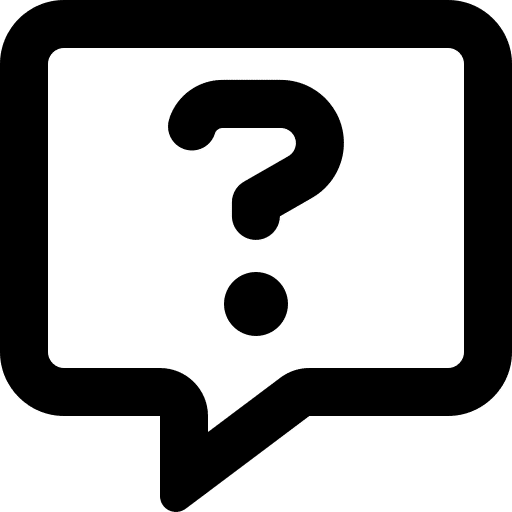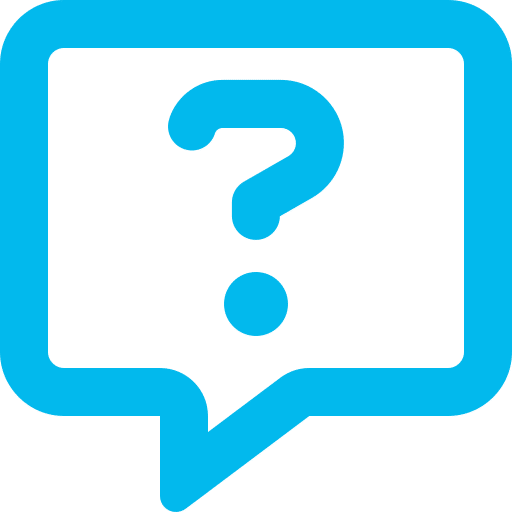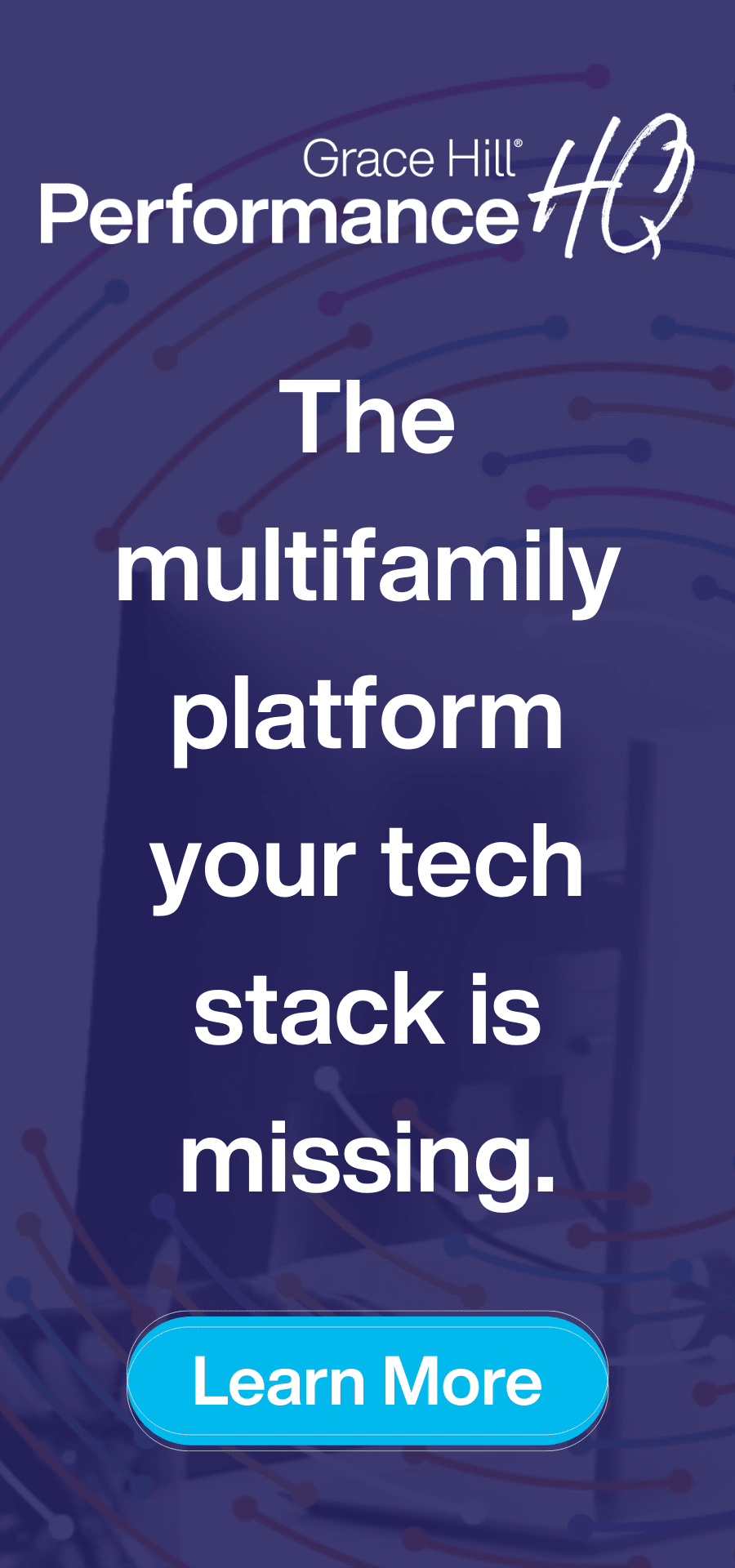Grace Hill Training Tip of the Week
Measuring Training Effectiveness:
Creating Effective Learning Assessments

This is the third post in a series about how to measure the effectiveness of your compliance training program. Read Part 1, Part 2, Part 4 and Part 5.
Last week we covered tips for measuring training implementation. But every trainer knows that it isn’t enough to just complete compliance training. The point is for employees to learn and retain information, and apply what they learned on the job. If employees can’t demonstrate they grasp what’s been taught, it is very unlikely they will be able to apply the training to their jobs. With that goal in mind, here’s a short guide to developing learning assessments for your compliance training.
Start with good learning objectives. Learning objectives are succinct statements of the key things learners should know and be able to do as a result of instruction. Take time to craft your learning objectives; they will drive your assessments and instructional strategies. Focus on important behaviors, not minutiae. For example, do you want learners to “Identify the year HUD issued guidance on working with people with limited English proficiency.”? Or, do you really want them to “Apply strategies to comply with HUD’s guidelines and avoid discrimination against people with limited English proficiency.”? Building your assessments from meaningful, performance-based learning objectives facilitates a more coherent and effective experience for your learners.

Write good questions. Well-crafted questions ensure that responses truly reflect what the learner knows, rather than something else (e.g., the item was confusing, there were two correct answers, etc.). Here are a few tips for writing good questions:
- Each question should measure a specific learning objective, and should match the performance described in the objective
- Wording should be clear and simple, and free of extraneous information, jargon and acronyms
- Questions should not exhibit bias based on gender, ethnicity, disability, geography, etc.
- Make sure multiple-choice questions have only one correct answer. All distractors should be plausible, and should reflect errors that people who don’t know the content would make
- Use scenario-based questions that model real situations the learner will encounter on the job. Use your own experience or look at HUD claims or EEOC filings to get ideas for relevant, meaningful scenarios

Use data to improve your learning measures over time. There are technical ways to understand whether learning assessments are functioning well or not – we won’t get into those here. Even without technical know-how, you can (and should) use data to improve your assessments. For example, periodically look at the questions a majority of learners get wrong. Is there something tricky about the question? Are there two plausible right answers? If so, fix the question. Weeding out bad questions over time will help you improve the accuracy of the information you get from learning assessments.
Assessment writing is complex, but being thoughtful about the basics will go a long way in helping you measure how well your compliance training is working. Start with good learning objectives, craft clear and meaningful questions that are closely aligned with learning objectives, and use data to improve your assessments over time, and you will begin on firm footing.


 Customer Support
Customer Support




